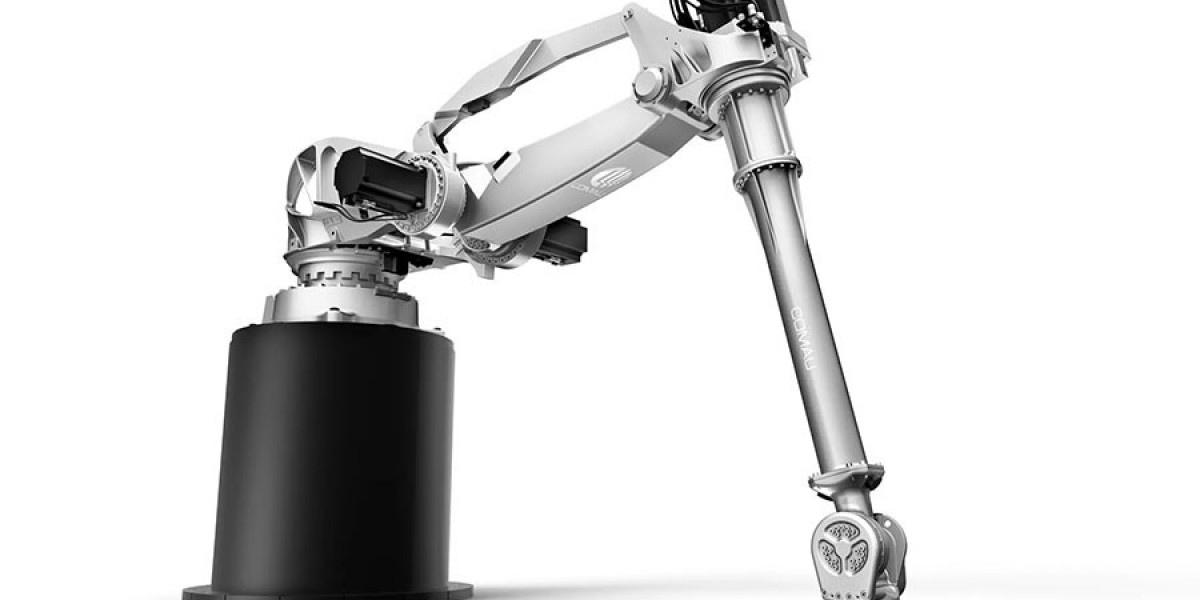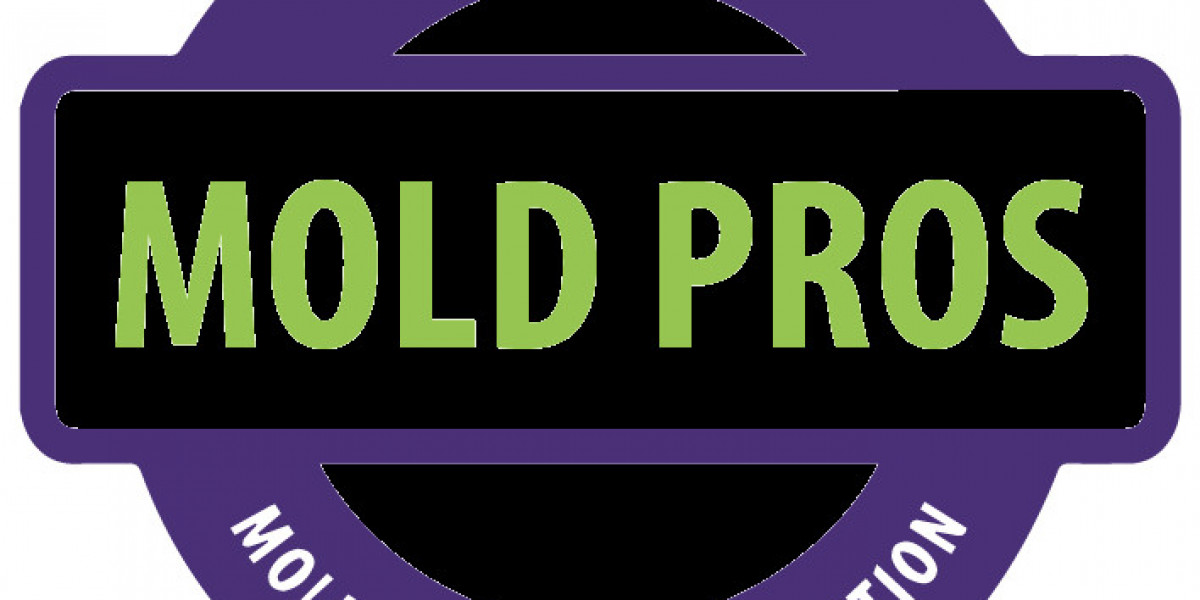Articulated Robots Market Growth: Trends, Drivers, and Future Outlook
The global articulated robot market is experiencing significant growth, driven by advancements in automation, increasing labor costs, and the need for precision in manufacturing processes. These robots, characterized by their multi-jointed arms, are pivotal in performing complex tasks across various industries, including automotive, electronics, and chemicals.
Market Overview and Forecast
In 2024, the articulated robot market was valued at approximately USD 10.9 billion. Projections indicate a robust growth trajectory, with the market expected to reach USD 21.9 billion by 2033, reflecting a compound annual growth rate (CAGR) of 7.63%. This growth is underpinned by the increasing adoption of Industry 4.0 technologies and the rising demand for automation in manufacturing processes.
Key Drivers of Market Growth
Automation in Manufacturing
Industries are increasingly adopting automation to enhance productivity and reduce human error. Articulated robots are integral in automating repetitive tasks, thereby improving efficiency and consistency in production lines.Labor Cost Reduction
The rising cost of labor is prompting manufacturers to invest in robotics to maintain competitiveness. Robots can operate continuously without breaks, leading to significant cost savings in the long term.Precision and Quality Control
Articulated robots offer high precision, which is crucial in industries like electronics and automotive manufacturing, where the quality of components is paramount.Safety in Hazardous Environments
These robots can perform tasks in hazardous conditions, such as handling toxic substances or operating in extreme temperatures, thereby ensuring worker safety and compliance with regulations.
Segment Analysis
By Payload Capacity
The market is segmented based on payload capacity, with robots handling up to 16 kg, 16–60 kg, and more than 225 kg. The "More than 225 kg" segment is witnessing significant growth, driven by its applications in heavy-duty industries like automotive and construction.By Function
Handling remains the dominant function, accounting for a substantial share of the market. However, welding and dispensing functions are also experiencing growth, particularly in industries requiring high precision and automation.By Industry
The automotive industry holds the largest share, utilizing articulated robots for tasks such as welding, painting, and assembly. The electronics sector is the fastest-growing application, driven by the need for precision in component assembly and testing.
Regional Insights
Asia Pacific
This region leads the global market, accounting for a significant share in 2023. Countries like China, Japan, and South Korea are at the forefront, driven by rapid industrialization and government initiatives promoting automation.North America
The United States is a key player, with a strong presence in automotive, aerospace, and electronics industries. Government policies and investments in advanced manufacturing technologies are fueling market growth.Europe
Germany is leading the European market, particularly in automotive manufacturing, with a projected CAGR of 7.8% through 2031. The region's emphasis on precision engineering and Industry 4.0 adoption contributes to its market dominance.
Challenges and Restraints
Despite the positive outlook, several challenges could impact market growth:
High Initial Investment
The cost of acquiring and implementing articulated robots can be prohibitive, especially for small and medium-sized enterprises (SMEs).Skilled Workforce Requirement
Operating and maintaining advanced robotic systems require specialized skills, leading to a demand for training and education in robotics.Integration Complexities
Integrating robots into existing manufacturing systems can be complex and may require significant modifications to infrastructure.
Future Outlook
The articulated robot market is poised for continued growth, driven by technological advancements and the increasing need for automation across various industries. Innovations in artificial intelligence, machine learning, and sensor technologies are enhancing the capabilities of articulated robots, enabling them to perform more complex tasks with greater precision. As industries continue to embrace automation, the demand for articulated robots is expected to rise, solidifying their role as a cornerstone of modern manufacturing.
Conclusion
The articulated robot market is on an upward trajectory, fueled by the need for automation, precision, and safety in manufacturing processes. While challenges such as high initial costs and the requirement for skilled labor exist, the benefits offered by these robots make them a valuable investment for industries aiming to enhance productivity and maintain competitiveness in a rapidly evolving market landscape.
Get More Details:
| https://www.pristinemarketinsights.com/articulated-robots-market-report |









